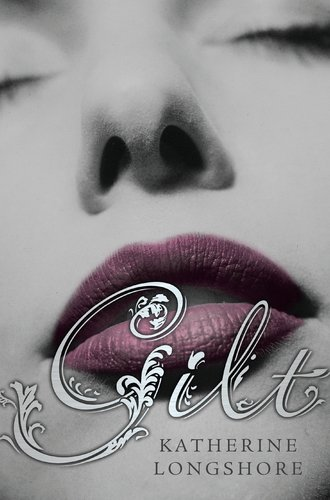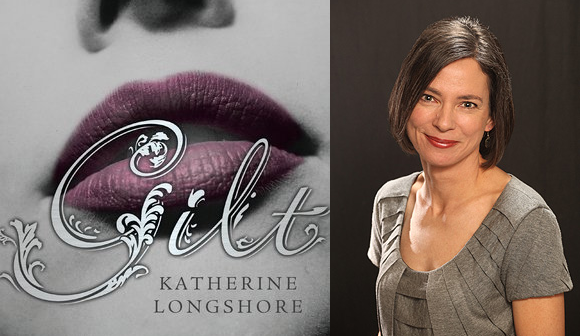BOOK REVIEW – Gilt: Uncanny how mean teenage girls have not changed
 July 2, 2012
July 2, 2012
Miriam Laufer
Book Critic
Book Review
In this smart, hip criticism of modern girl culture, Katherine Longshore transports “Mean Girls” to Tudor England. Gilt opens in the dressing rooms at Norfolk House in 1539, where two teenage girls named Cat and Kitty rummage. If they are caught, their punishment could involve flogging, the pillory, or loss of a hand. The outsized consequences for youthful pranks are a reverberating theme throughout the novel, which illuminates the brief life of Henry VIII’s fifth wife, Catherine Howard.
Readers will be seduced from the beginning with detailed descriptions of Tudor era opulence. Catherine Howard, known as Cat, is Longshore’s equivalent to Regina, leader of the “Mean Girls” in the modern film classic. The teenage Cat has a bottomless appetite for clothes, jewelry, and young men. She is queen bee of the group of unwanted Howard nieces and cousins who live as servants-in-all-but-name to their grandmother, dowager Duchess of Norfolk. In this boarding school-like setting, Cat blithely manipulates her friends and family members to suit her desires, particularly Kitty Tylney, who hails from the even poorer side of the family. The audience finds its moral anchor in Kitty’s voice, as she narrates Cat’s gilded road to the monarchy and spectacular fall from grace.
 Longshore’s dialogue and pacing are distinctly modern. Though some historical fiction purists will criticize her, her vernacular is consistent and fits with the parallel she is trying to make: In five centuries, teenage girls have not changed. Anachronistic phrases like “Shut up,” and “best friend,” feel authentic in the mouths of her characters. Although she occasionally runs away with her language, Longshore’s inventiveness and extensive vocabulary bring an extra dimension to her writing. She will undoubtedly be compared to Philippa Gregory — and deservedly so — (Gilt is equal to Gregory’s best work in The Other Boleyn Girl.) but her writing style more closely mimics that of Suzanne Collins, author of YA smash hit The Hunger Games.
Longshore’s dialogue and pacing are distinctly modern. Though some historical fiction purists will criticize her, her vernacular is consistent and fits with the parallel she is trying to make: In five centuries, teenage girls have not changed. Anachronistic phrases like “Shut up,” and “best friend,” feel authentic in the mouths of her characters. Although she occasionally runs away with her language, Longshore’s inventiveness and extensive vocabulary bring an extra dimension to her writing. She will undoubtedly be compared to Philippa Gregory — and deservedly so — (Gilt is equal to Gregory’s best work in The Other Boleyn Girl.) but her writing style more closely mimics that of Suzanne Collins, author of YA smash hit The Hunger Games.
In the oft-mined world of the Tudor court, Longshore has found a new historical character to bring to life. Catherine Howard’s life is already significantly less famous than that of her cousin and predecessor, Anne Boleyn. Kitty is based upon Katherine Tylney, who was Catherine Howard’s bedmate in the Duchess of Norfolk’s house and later a member of Henry VIII’s court. Little is known of Tylney, except the testimony she was forced to give about her knowledge of the Queen’s past. Nothing is known of her life thereafter. While Gilt is the first in a planned series of novels set in the Tudor court, Longshore has said that subsequent novels will feature different protagonists. It is to be hoped that they will match the same level of sympathy and understanding that Longshore’s rendition of Kitty inspires.
Gilt is a fast and thrilling read, and demonstrates a complex understanding both of teenage girl hierarchies and palace politics. While Gilt may be read for pleasure, it may be read again for social commentary. The historical parallel drives home the fact that while modern schoolgirls may not be in a position to have their heads chopped off by mad monarchs, selfishness and materialism hurts everyone. And furthermore, while Cat is far from sympathetic, readers can see this much through Kitty’s eyes: Not even Regina deserves to be hit by a bus.




